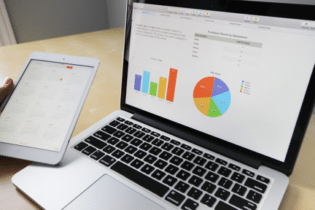
For restaurant chains, the most volatile and impactful external driver of daily fluctuations in traffic levels and sales is the weather. Planalytics’ predictive demand analytics for restaurants helps businesses precisely measure how changing weather conditions influence decisions to dine in, order delivery, hit the drive-thru, or eat at home as well as the item choices diners make. Due solely to the weather, restaurant traffic levels can, on average, rise or fall between 3% to 5% throughout the year due, with the highest sensitivity typically seen from the late autumn through spring period. Companies can also see demand for their more weather-sensitive menu items such as hot or cold beverages, salads, warm comfort foods, sandwiches, or soups increase or decrease 10% as the conditions outside affect their customers. (Note that the above examples are industry metrics. Planalytics also provides specific weather impact models based on retailer-specific sales data, locations, store types or channels, etc.)
Chipotle Discusses Weather-Driven
Restaurants can integrate predictive Weather-Driven DemandSM (WDDSM) analytics to know when, where, and how much the sales increase or decrease due to the weather and integrate these insights into existing processes and technology solutions to grow profit margins through increased sales and lower costs.
Additional Insights
|

Chipotle Discusses WDD Analytics at NRF
H-E-B Discusses Benefits of WDD Analytics Albertsons Talks About Getting Started
|









